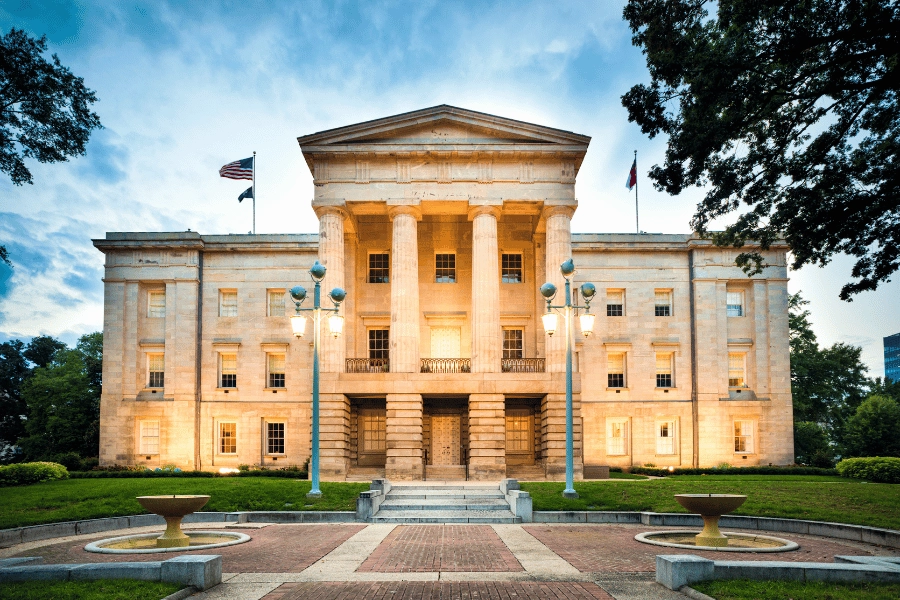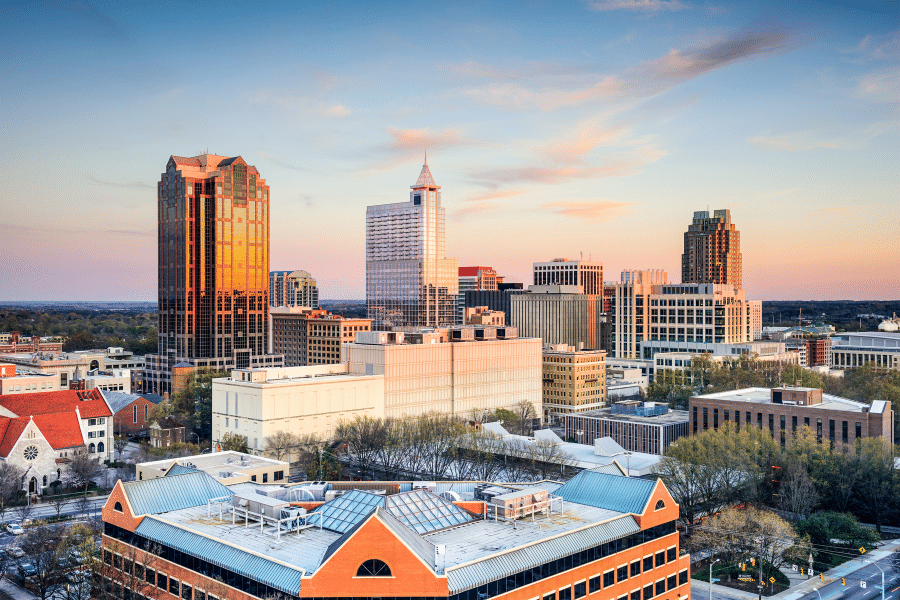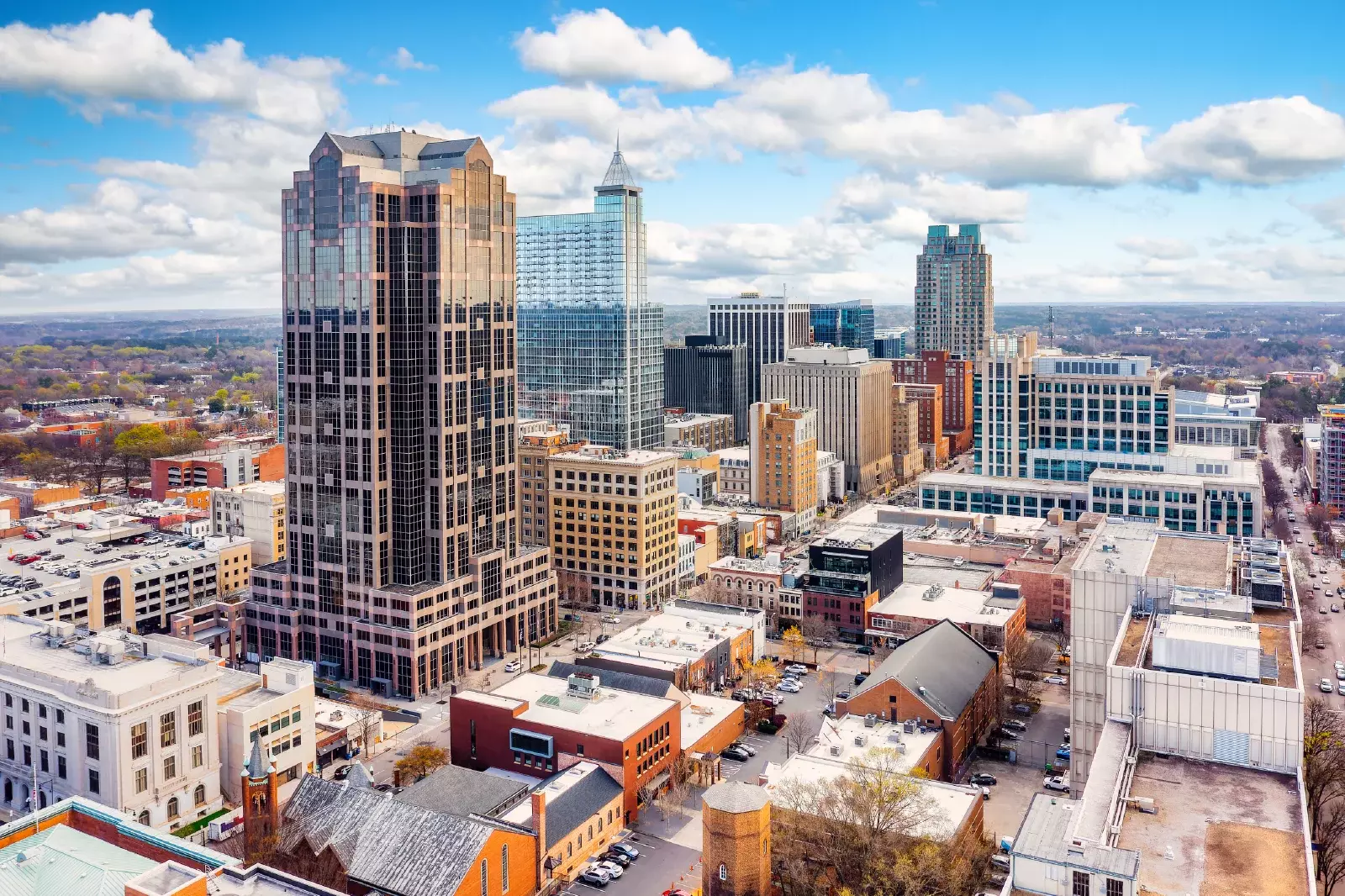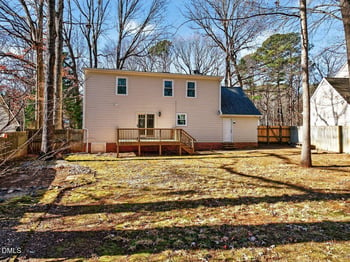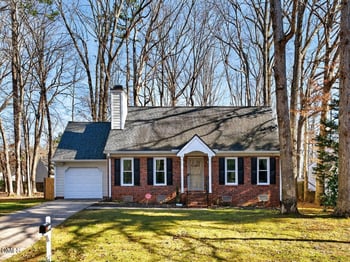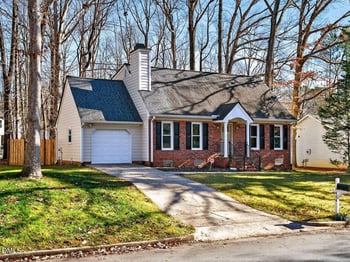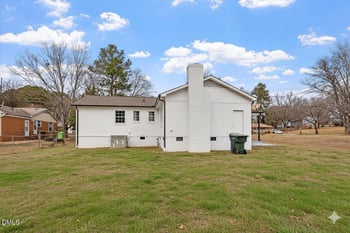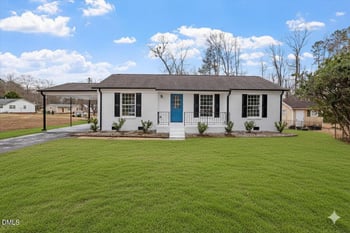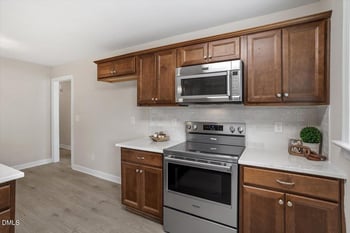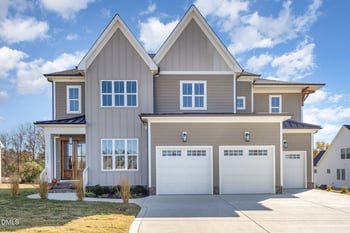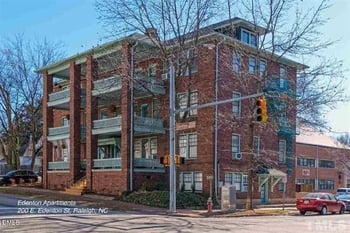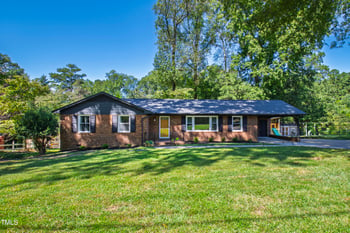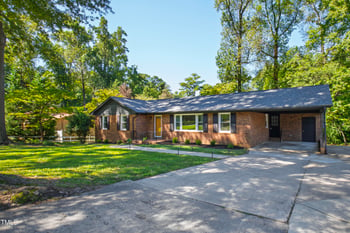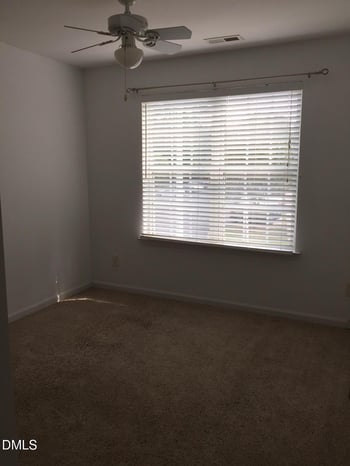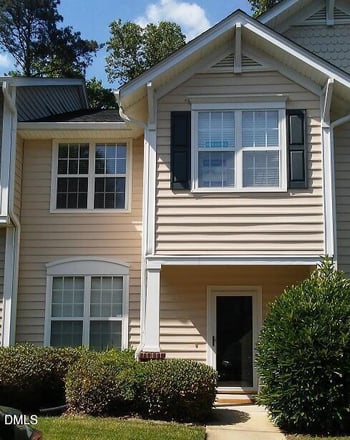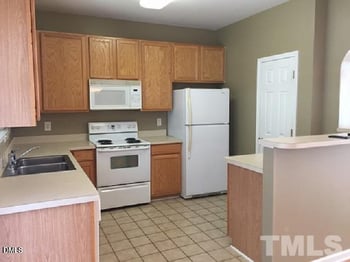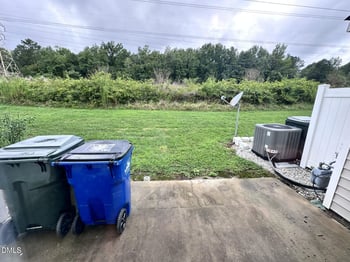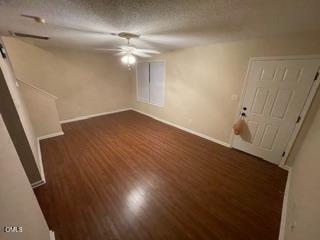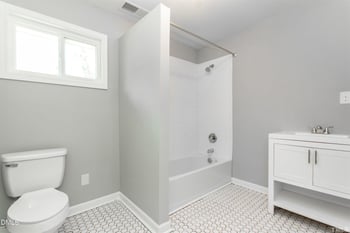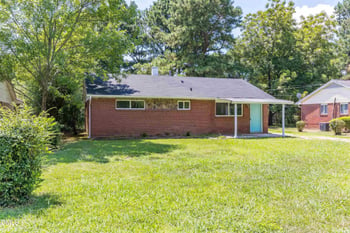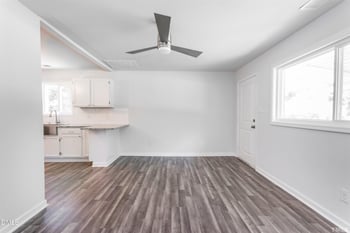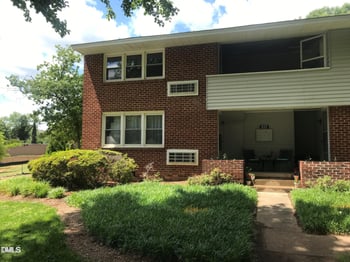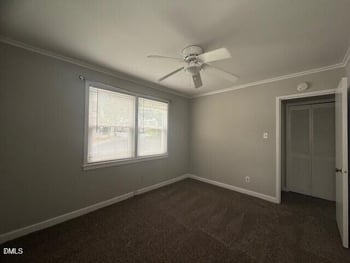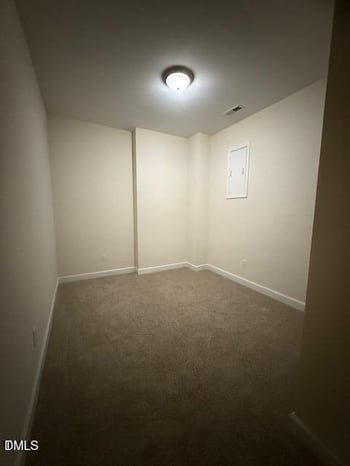Most Historical Sites in Raleigh
Are you moving to Raleigh and want to learn more about the city's top historic sites? Here are the top seven most historic sites in Raleigh, NC.
Raleigh, North Carolina, was named after sixteenth-century English explorer and nobleman Sir Walter Raleigh. As North Carolina's capital city, Raleigh has been witness to pivotal moments in American history, from colonial times through the Civil War and into the modern era.
When you think of Raleigh, you might envision a modern, thriving research hub home to technology companies and prestigious universities. But beneath the bustling downtown streets lies a rich and unique history.
Raleigh is home to many landmarks, including beautiful historical houses, monuments, buildings, and parks where you can have fun and learn all at once. If you are interested in moving to the Raleigh area, make sure you know all the essential facts.
For residents and newcomers alike, understanding Raleigh's historical roots provides a deeper appreciation for the community. Each location tells a unique story, from the birthplace of a president to North Carolina's oldest continuously operating gristmill, revealing the layers of heritage that make Raleigh such a special place to live.
Check out these historic sites in Raleigh
1. Mordecai Historic Park
Address: 1 Mimosa St, Raleigh, NC 27604
Mordecai Historic Park stands as one of Raleigh's most significant historical treasures, centered around the Mordecai House, which holds the distinction of being the city's oldest residence still standing on its original foundation.
As the oldest house in the city of Raleigh, the Mordecai House is known for its deep history. Built around 1785 by Joel Lane, the "Father of Raleigh," the plantation house gained prominence when it became home to the Mordecai family in 1826.
The home was named after Moses Mordecai, who married into the family of Henry Lane twice. Mordecai married Margaret Lane, who died in 1824, then married her younger sister, Ann. In 1824, Mordecai hired a State Architect to enlarge the house, and it was transformed into a Greek Revival mansion.
What makes Mordecai Historic Park truly exceptional is its connection to President Andrew Johnson, the 17th President of the United States. The park includes Johnson's birthplace, a wooden structure where Johnson was born in 1808.
The park encompasses an entire village of historic structures, including the 1842 St. Mark's Chapel, the Allen Kitchen building, and the Ellen Mordecai Garden. Visitors can tour the Greek Revival-style mansion, which features original family furnishings and learn about the history of the grounds.

2. North Carolina Executive Mansion
Address: 200 N Blount St, Raleigh, NC 27601
The North Carolina Executive Mansion has served as the official residence of the state's governors since 1891, making it one of the oldest executive residences in continuous use in the United States. This stunning Queen Anne-style Victorian mansion was designed by architects Samuel Sloan and Adolphus Gustavus Bauer.
The construction of this mansion marked a new era of stability and prosperity for North Carolina following the Reconstruction period. Unlike many historic house museums, the Executive Mansion remains home to North Carolina's first family while also serving as a venue for state functions and public events.
After its first guest, Governor Daniel Fowle, inhabited the house, 30 governors went on to live in the mansion, including current Governor Josh Stein. The mansion is now placed on the National Register of Historic Places.
The building has witnessed countless historical moments, hosting dignitaries, legislators, and citizens throughout more than 130 years of service. The mansion's 35 rooms are filled with North Carolina-made furniture and artwork, showcasing the state's rich craftsmanship traditions.
The grounds feature beautiful gardens that have been carefully maintained and updated over the decades. Public tours offer visitors a rare glimpse into both the formal public spaces and the historical significance of this working residence, making it a unique opportunity to see where state history continues to unfold daily.
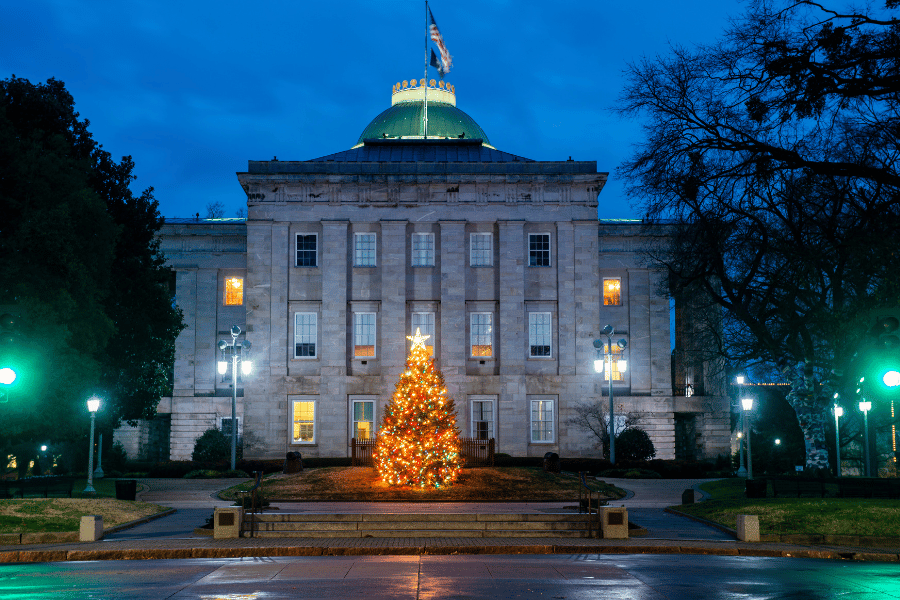
3. Moore Square
Address: 201 S Blount St, Raleigh, NC 27601
Moore Square holds a special place in Raleigh's history as one of the five original public squares laid out when the city was designed in 1792. Named after Revolutionary War hero Captain Alfred Moore, who later became a Justice of the U.S. Supreme Court, this downtown square has served as a gathering place for residents for more than two centuries.
Throughout the 19th century, Moore Square was the site of a bustling city market where farmers, merchants, and residents converged to buy and sell goods. It also served as the location for public gatherings and celebrations.
Today's Moore Square has been beautifully renovated while maintaining its historical character. The space features mature trees, walking paths, a playground, markets, and a stage for performances, continuing its centuries-old tradition as a community gathering place.
The square's location in the heart of downtown makes it a bridge between Raleigh's historical past and its present, embodying the city's commitment to preserving green spaces within urban development.
4. Historic Yates Mills County Park
Address: 4620 Lake Wheeler Rd, Raleigh, NC 27603
Historic Yates Mill County Park preserves North Carolina's last remaining working water-powered gristmill. Built around 1756, Yates Mill has been grinding corn and wheat for nearly 270 years, making it an extraordinary example of pre-industrial technology.
Listed on the National Register of Historic Places, Yates Mill is more than just a museum. The site includes the beautifully restored mill building with its wooden gears, shafts, and water wheel, offering visitors a hands-on understanding of how communities once relied on water power for their daily bread.
As a must-visit park in Raleigh, Historic Yates Mill County Park features gardens, picnic areas, public restrooms, exhibits, walking and hiking trails, fishing opportunities, and education programs. The park has been preserved to cherish its heritage and resources for future generations.
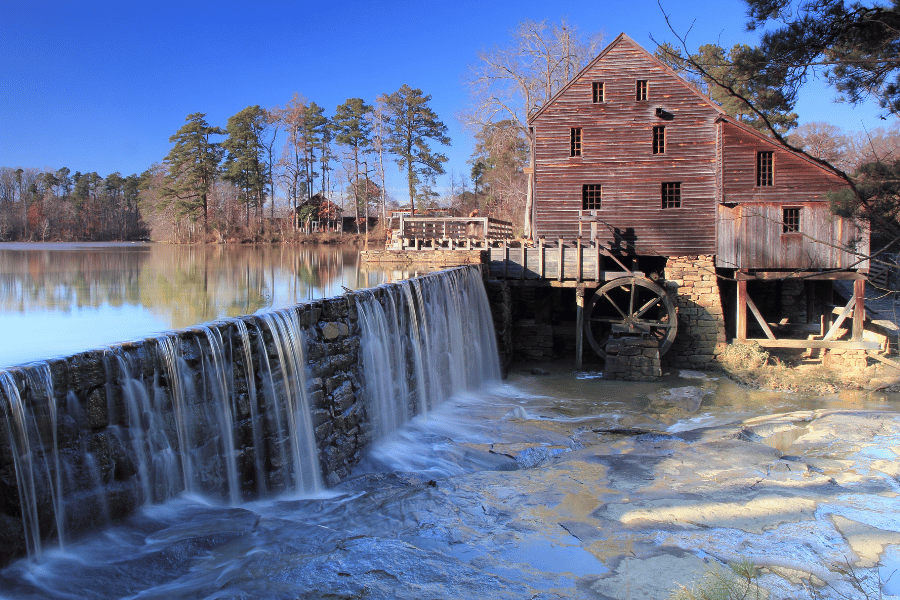
5. Pullen Park
Address: 520 Ashe Ave, Raleigh, NC 27606
Pullen Park is one of the first public parks in North Carolina, opening its gates in 1887 on land donated by Richard Stanhope Pullen. This park is the 5th-oldest operating amusement park in the U.S. and the 16th oldest in the world.
The park's historical significance lies not just in its age but in its role in public recreation. Pullen Park was among the first in the South to offer amenities specifically designed for public enjoyment, including what is believed to be the oldest carousel in North Carolina, which has been operating since 1911.
The park added a miniature train in the 1950s, which has become another beloved tradition, carrying passengers around the park's scenic loop. The park also features pedal boats, playgrounds, picnic shelters, and athletic facilities.
Its location near North Carolina State University, a top college in Raleigh, creates a welcoming place for students and families. Pullen Aquatic Center and the Theatre in the Park further enhance the park's role as a cultural and recreational hub.
.png)
6. Heck-Andrews House
Address: 309 N Blount St, Raleigh, NC 27601
The Heck-Andrews House is one of the most well-defined examples of the Second Empire architectural style in Raleigh. Built in 1870, this is one of the first houses in the city to be built after the American Civil War.
What makes the Heck-Andrews House particularly noteworthy is its architectural integrity and its representation of post-Civil War prosperity. The home features distinctive Italianate elements, including tall, narrow windows, decorative brackets under the eaves, and a low-pitched roof
The house serves as a reminder of Raleigh's Victorian-era growth, when the city was establishing itself as a center of commerce and government in the New South. Its preservation allows current residents to see firsthand the craftsmanship and design principles that defined upper-middle-class life in post-war Raleigh.
Located near the North Carolina Executive Mansion, the Heck-Andrews House is worth a visit. Listed on the National Register of Historic Places, this historic home is the current property of the North Carolina Association of Realtors.
7. Historic Oak View County Park
Address: 4028 Carya Dr, Raleigh, NC 27610
Historic Oak View County Park preserves a remarkable 19th-century cotton plantation that offers an authentic glimpse into rural life in the antebellum and post-Civil War South. The centerpiece is the Oak View farmhouse, built in 1855, which stands as an excellent example of mid-19th-century Piedmont plantation architecture.
The property encompasses not just the main house but also historic outbuildings, including a cotton gin house and barn that demonstrate the full scope of plantation operations. What distinguishes Oak View from many historic sites is its commitment to telling a complete and honest story of farm life.
The park's programs address the realities of plantation life, acknowledging both the agricultural innovation and the human cost of the cotton economy that dominated North Carolina's Piedmont region. This balanced approach to history makes Oak View an important educational resource for understanding the region's past.
Beyond its historical structures, the 26-acre park includes beautiful gardens that have been restored to reflect different periods of the property's history, from formal Victorian plantings to heritage vegetable gardens.
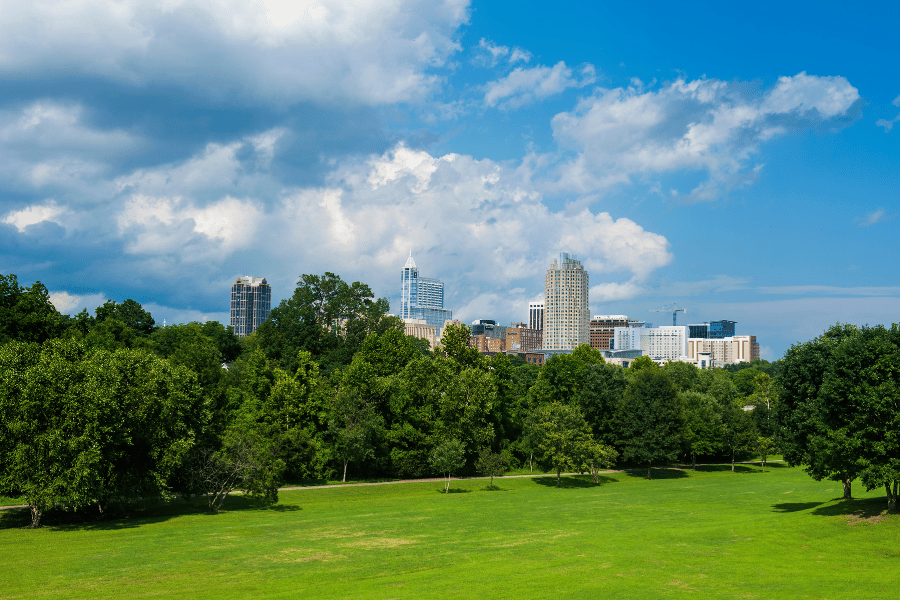
Methodology
Data was sourced from the City of Raleigh to determine the most historic sites in Raleigh, NC.
FAQs
What are the historic areas of Raleigh, NC?
Right now, there are eight historic districts in Raleigh: Blount Street, Boylan Heights, Capitol Square, Moore Square, Oakwood, Prince Hall, Glenwood-Brooklyn, and Oberlin Village.
Is Raleigh, NC, historic?
Since its founding in 1792, Raleigh has been a hub for historic sites. With a deep history, you will find plenty of fun-filled opportunities to learn in Raleigh.
What is the oldest house in Raleigh?
Built in 1785, the Mordecai House is the oldest home in Raleigh that is still in its original location.
What is the famous street in Raleigh, NC?
About half a mile long, Fayetteville Street is the center of history and culture in downtown Raleigh. Dating back to 1792, this street has always been known as an essential part of Raleigh's growth and economic prosperity.
What is the oldest park in Raleigh?
Pullen Park has been known since 1887 as the first designated park in North Carolina. It is also the fifth-oldest amusement park in the U.S. and the 16th-oldest in the world.
Most Historical Sites in Raleigh - Final Thoughts
Whether you consider yourself a history buff or want to learn more about the city of Raleigh, these seven historical sites in Raleigh are worth a visit. From Mordecai Historic Park's colonial roots to Pullen Park's ongoing role as a community gathering place, each site continues to contribute to what makes Raleigh special.
For those considering making Raleigh home, these historical treasures offer insight into the community's values and character. These sites provide not just educational opportunities, but also beautiful spaces for recreation, reflection, and community connection.
Whether you are a long-time resident or a newcomer learning about your new home, we encourage you to visit these remarkable places. These historical sites are neighborhood amenities that enrich the community.
If you are ready to make Raleigh your home, contact the experts at Raleigh Realty. Let us help you find your dream home in one of Raleigh's sought-after neighborhoods.
